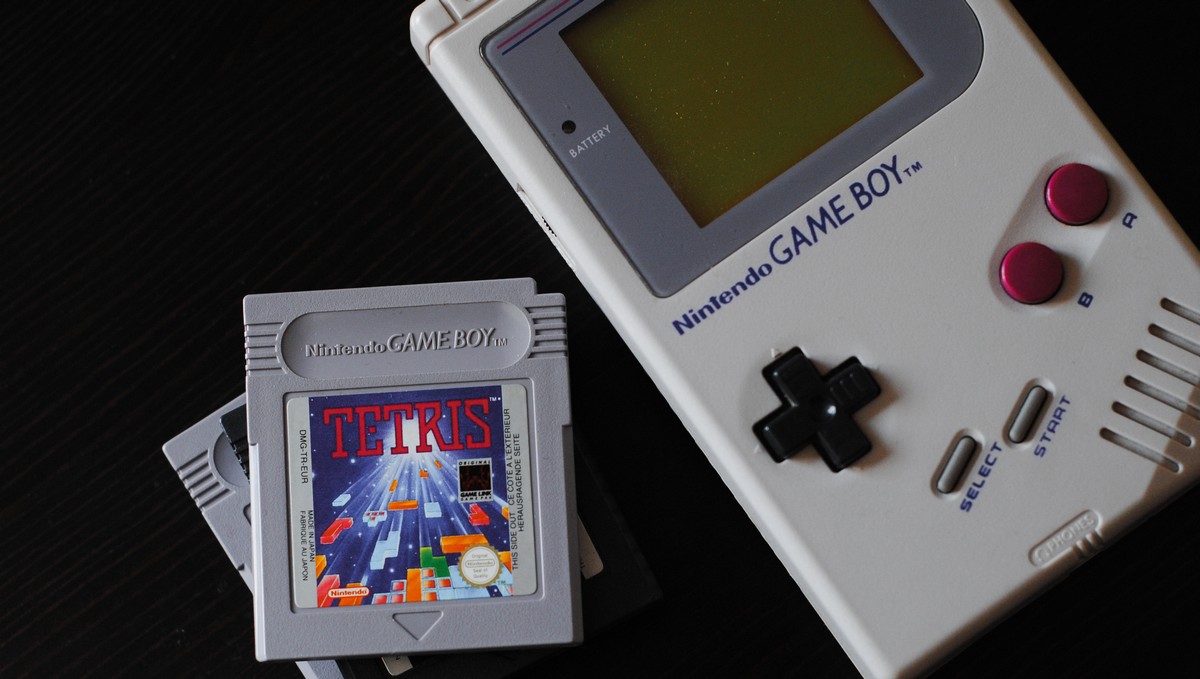Tetris is a well-known computer game. Over time, it has made its way onto all gaming platforms and often beyond. Not for nothing is it one of the best selling games of the world. A simple concept at first sight, but one that has won many fans. Fun for long hours, even with the complaining levels.
- Developed in 1984
- The author is programmer Alexey Pažitnov
- Named after the Greek numerical prefix
Who would have ever thought that a computer game created by an old computer Electronics 60 we'll one day call the most successful one across the years to come? No wonder countless clones have been created over the years.
How does the computer game work?
The principle of operation is very simple. From the top of the screen the cubes are falling down of various shapes and you settle them into place at the bottom. Each time the cubes are stacked so that one row is full, the row is erased. The object of the game becomes an attempt to last as long as possible. If you stack the cubes wrong, the wall grows, growing until it reaches the top of the screen and you're done. Additionally, as the levels get higher, the dice fall faster, so you have less and less time to settle them thoughtfully.
Tetris under the microscope
But let's take a look at the computer game Tetris in real detail. Tetromina, as the falling part is otherwise known, can take a variety of forms. It usually takes the shape of a T, J, S, Z, but also an I or a square. If you want to know more about this game, read the following questions and answers.
It does not exist in its essence. The dice keep getting faster, so the computer game can never actually be won.
There was Amiga, Atari, Nintendo, Game Boy, Commodore 64, Mega Drive and many others.
Yes, there is a regular world competition called the Classic Tetris World Championship.
The old versions didn't have any music, the newer versions of course do.
You can come across Galois, Letris, Welltris, Yetris and Archeomania.



